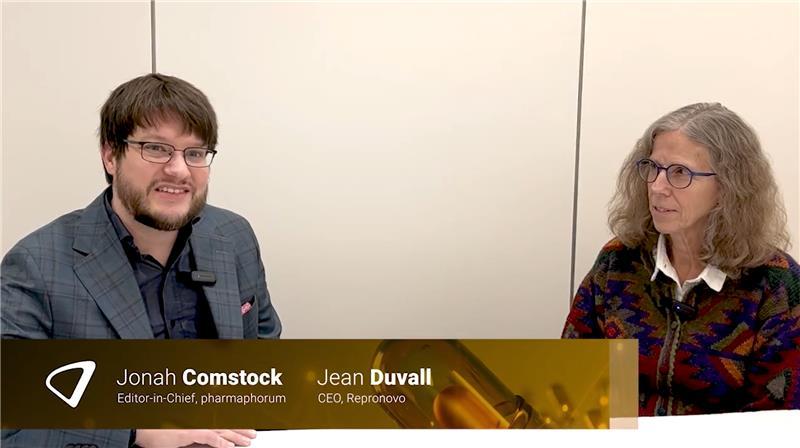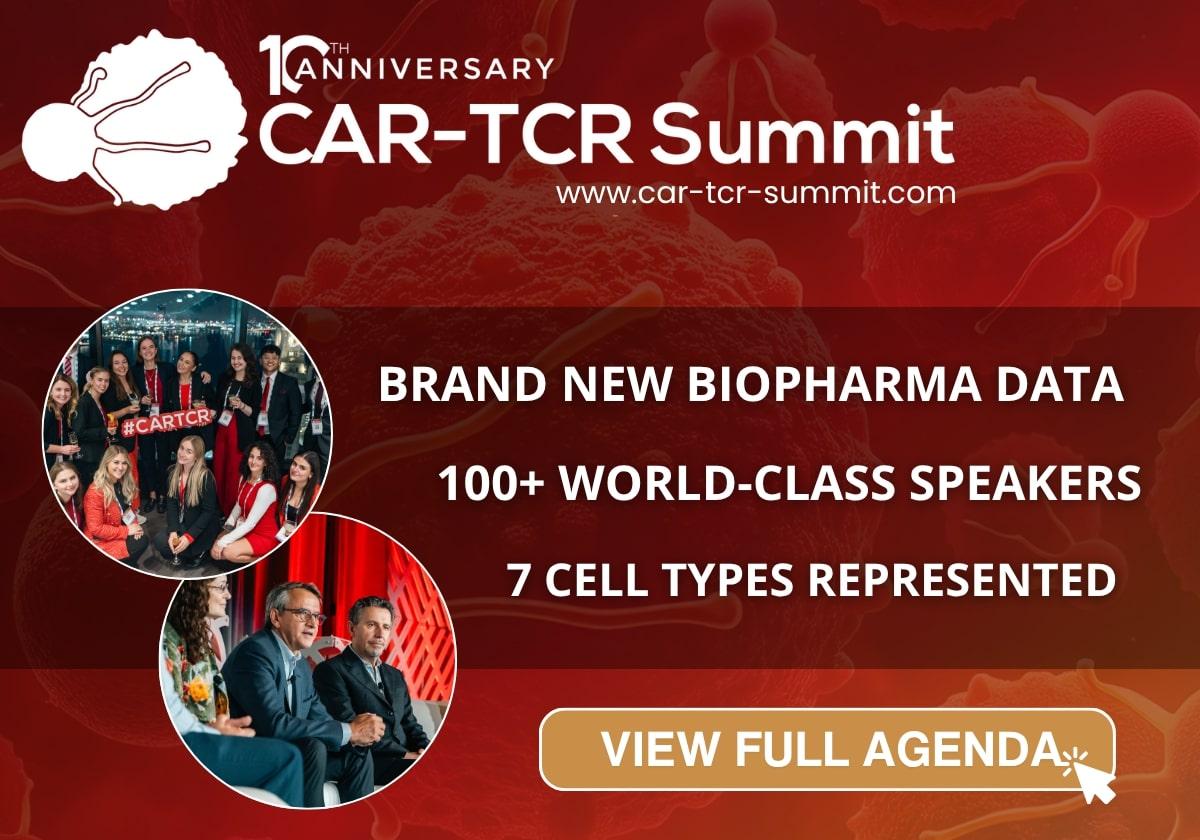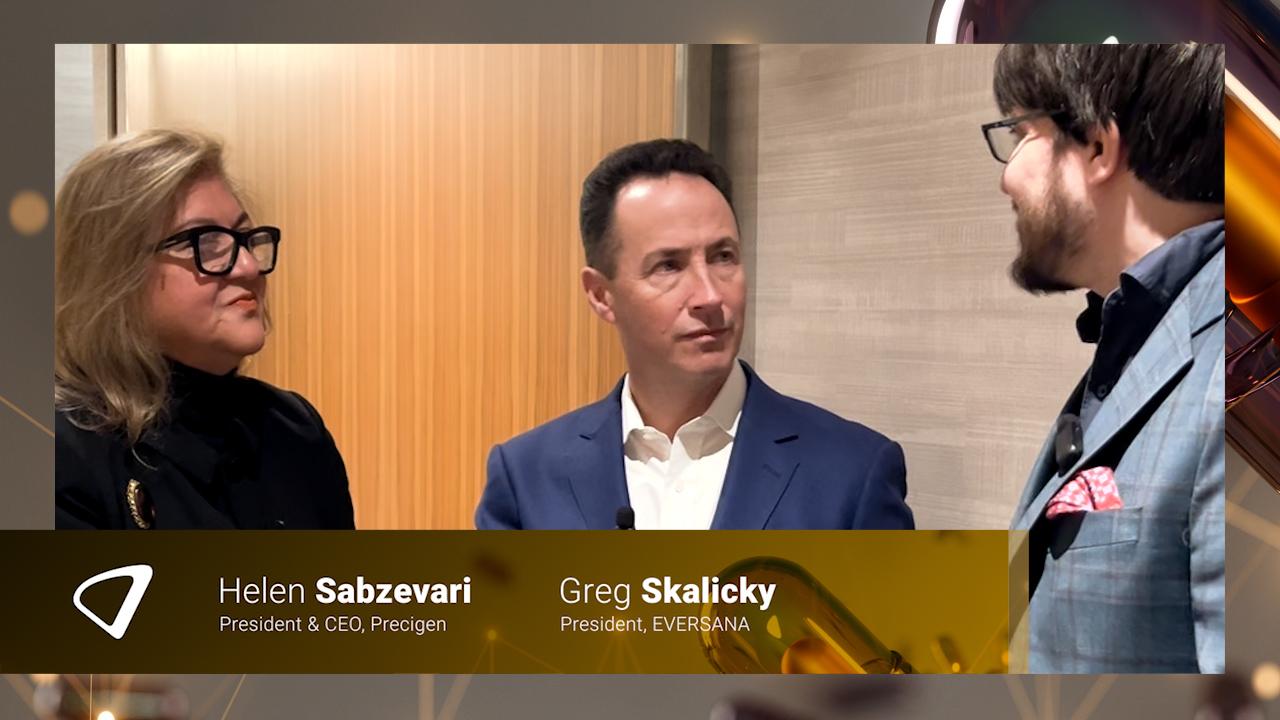Five takeaways from the CAR-TCR cell therapy conference

Last week, I had the privilege of heading into town in Boston to attend three days of the CAR-TCR conference, a major annual gathering of researchers and industry stakeholders concerned with advancing the field of cell therapy.
Using chimeric antigen receptors (CARs), drug developers have seen incredible success in curing cancers of the blood, or at least driving them into long-term remission. Just ask Emily Whitehead, the first child to be treated with CAR-T therapy for leukaemia at the age of six. She just graduated high school 11 years cancer-free. Or Luke Keller, whose passionate account of how the therapy cured his then two-year-old daughter Oaklynn of leukaemia closed out the event.
For a rapidly evolving industry, those same 11 years have been busy as researchers look for ways to overcome the barriers that keep these therapies from working as well in solid tumours as they do for blood cancers. Meanwhile, with more cell therapies in the FDA pipeline than ever before, the industry is scrambling to line up the manufacturing, supply chain, and treatment infrastructure required by this paradigm-shifting technology, not to mention the next-generation payment models that will make it feasible.
In short, this is an industry in rapid motion, and that holds for any facet of it you can name. Here are five trends and insights I gathered during the whirlwind event.
1. Rise of the armoured CARs (and the drive toward solid tumour)
Cell therapy researchers love their car puns (even though some new therapies don’t use CARs at all, but rather T-Cell receptors (TCRs)). At CAR-TCR, many of the most anticipated presentations were about the move to solid tumours, where a hostile tumour micro-environment is one of the primary challenges to making cell therapy work. “Armoured CARs” are a term for CARs that have been outfitted in any number of ingenious ways to better withstand the TME.
For instance, Carisma Therapeutics presented new data on how it’s using CAR-macrophages to navigate the TME in patients with HER-2 expressive cancers. NKILT Therapeutics is using engineered chimeric ILT-receptors (CIRs) to address the tumour immunosuppressive effect. T-Scan Therapeutics made a splash with the presentation on its multiplexed approach, which involves creating a bank of approved TCRs for different targets and HLA expressions, and then mixing and matching them to create customised therapies. This approach addresses tumour heterogeneity, another roadblock for solid tumours.
With so many different approaches showing progress, early days though they may be, there’s a real sense that solid tumour cell therapies are a “when” and not an “if”, which would be a gamechanger for oncology.
Additionally, serious conversations are starting to happen about using cell therapy not as a last resort, but earlier in the treatment process. Preliminary data suggests it might be even more effective at that stage.
2. Looking beyond oncology
And solid tumours aren’t the end of the road for cell therapy, not by a long shot. A publication last year by cell therapy pioneer Carl June (who wasn’t at the event, but was name-dropped often) showed the possibility of using CAR-Ts to treat lupus and the conference was abuzz with talk about pushing into immune diseases.
In one panel, Jennifer Brogdon, head of cell and gene therapy, immuno-oncology, and haematology at Novartis Institutes for BioMedical Research, described the promise, but also the need for caution when it comes to cytokine release syndrome (CRS), a common and dangerous CAR-T side effect.
“How far we can take this, I think, is a real question. In fact, there're a lot of questions on the table as we move into autoimmune disease. There’s a tremendous level of excitement now, but it is an area where […] you want to manage CRS. You don't want to have the inflammatory response,” she said.
3. The search for an allogeneic breakthrough
There are two kinds of cell therapy: autologous, where a patient’s own cells are removed from their body, modified, and returned to them; and allogeneic, where cells from a donor are modified in such a way as to be accepted by a foreign immune system and can then be administered “off the shelf”. The current approved cell therapies are all autologous. Thus far, autologous therapies have been more effective and reliable, but allogeneic therapies are much more scalable and practical to administer.
This gap is being addressed from both sides. Many researchers who presented at the conference are attempting to create allogeneic CAR-Ts with the same safety and efficacy as autologous ones.
“Allogeneic therapy is also at a tipping point,” Kristin Yarema, president of cell therapy at Poseida Therapeutics, said on a panel. “There's been a question out there. Is allogeneic safe? Can it approach the safety and response rates that autologous therapies have been able to generate? And we think that's starting to come through in the data.”
At the same time, in the manufacturing world, a lot of work is going into making autologous cell therapies easier to create and administer. There’s even some preliminary work on in vivo cell therapy, which could use retroviruses and mRNA to modify patients’ cells before they leave the body.
Most people seem to agree that the future of cell therapy is going to have room for both allo- and auto-, but the ratio is up for debate, and will depend on the success of these different efforts.
“These technologies are going to coexist,” said Chris Bartiromo, executive director, worldwide value and access strategy for cell therapy, lymphoma, and myeloma at Bristol Myers Squibb. “Auto- is not going to disappear and allo- is not going to come and take it over. But how this plays out can change the kind of peak universe of biopharma.”
4. An industry prepares for a flood
As observed during the track dedicated to clinical trials, cell therapy developers are already competing for the limited resources they need to do their work. That includes donors to provide cells, medical facilities with the equipment and expertise to administer cell therapies, manufacturing equipment that can safely and reliably produce these cells, a supply chain that can transport them, and even patients to participate in trials.
All of this is only going to get worse, but there’s a lot of effort and consideration going into preparing the industry for scale. FDA and CMS officials were on hand to talk about their most recent guidances for shepherding therapies through the approval and reimbursement processes, and some of the slickest presentations came from contract manufacturers like Cellares, whose space-age Cell Shuttles – self-contained, automated units for cell modification – really need to be seen to be believed.
When it comes to the treatment infrastructure, scaling is going to mean finding ways to look beyond major academic medical centres and decentralise treatments throughout the community. Biobanks and blood banks, which are accustomed to similar procedures, are investigating their role in this.
“Authorised treatment centres have become very important,” said Warner Biddle, SVP and global head of commercial at Gilead’s Kite Therapeutics. “And that means not just partnering with large hospitals, but expanding our network. Each of those takes its own training and quality assurance, but that's extremely important.”
Biddle also stressed the importance of education and making sure that patients and clinicians know when cell therapies are an option available to them.
5. Payment questions are starting to resolve
The curative potential of cell therapies is one of their greatest strengths. But it presents a hurdle when it comes to payment in a system that’s engineered around continuous treatment.
“The US healthcare system is not ready for one-time curative therapies,” Orca Bio commercial lead Dan Kirby said in one session. “You can spend $750,000 cycling a patient through a product that's 21% effective and that they'll eventually just break through on and you know it's going to happen. And yet you're balking right now at spending under $500,000 for a CAR-T where that patient could not have another treatment and not be a burden to the healthcare system and lead a great life.”
But speakers at the conference, including Kirby and Biddle, said that it’s becoming easier to bring insurers on board if they can tell that value story – and if they generate the right data upfront to support it.
As the industry evolves, Bristol Myers Squibb VP and site leader Lisa McClintock pointed out, it will be incumbent on industry to look for savings on the supply side, as well expecting payers to pay.
“From an operations perspective, we have a responsibility to drive the costs down,” she said. “With the process being so manual, it requires a large workforce to do what we do. What we really need to be looking for is how we get more automation in, because that is going to be operations' contribution to really driving down those costs. Payers recognising the value is important, but we as an industry need to own that.”
The current moment in cell therapy is one of tremendous opportunity and equally momentous challenges. But with patients like Emily Whitehead and Oaklynn Keller as their North Stars, the attendees at CAR-TCR were ready to buckle down and do that work.
At the end of one panel, Biddle was asked to give a piece of advice to folks working in the field.
“Be easy on ourselves,” he said. “Think of how much progress we've made in the industry over the last few years. I think we have to give ourselves a little bit of grace that we are building a whole new class and a whole new way of treating patients.”












